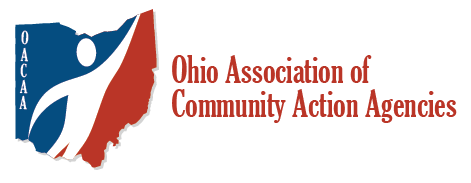Over the years, I have attended quite a few board meetings either as an auditor, a consultant, a Fiscal staff person, or a board member. For me, one of the most interesting and fascinating agenda topics has always been the financial reports presented to the board. Yep! I am one of those weird “numbers guys,” and dare I say it, I also like spreadsheets! When I attend a new meeting, I can hardly wait to see whether the financial reports are too hot containing way too much information, too cold containing not near enough information, or if they are just right and contain the recommended agency-wide revenue versus expenditures, budget comparison, balance sheet, and other highlights on individual programs.
So how does the financial reporting portion of your board meeting go? Is it long and painful, quick and painless? When you’ve reviewed the report, do you feel like the board understood the information presented? Did they learn something new about the organization? Asking yourself these questions can help you determine where your report falls on this Goldilocks matrix.
One of the latest and exciting developments gaining steam in fiscal reporting is Dashboards. Yea, did I mention I don’t get out much? The concept isn’t really new—annual reports and programs like Quickbooks have been using them for years—though they have expanded their usefulness and are making a strong entrance into our industry. Presenting data in graphic form is a great way to get a snapshot of financial health.
Some financial system dashboards are combining the various financial ratios and benchmarks with recognizable stoplight colors: Green illustrates the financials are well; yellow represents that they are on the right track but not quite in the green category; red requires attention. As I’ve seen it illustrated in training, the stoplight system has been created using a “current ratio” (current assets / current liabilities) and compared the ratio with identified benchmarks (a desirable result as the standard); those comparisons determine the appropriate color category.
The topics and categories for the dashboard can include nearly anything that is important or of interest to your board and can even expand beyond financial data. Dashboards can graph HR related statistics such as employee turnover, or even program related data that compares units services versus planned outcomes.
So what do you think? Are you already utilizing Dashboards at your agency? Share your insights and feedback below or send me an email. Want to know more about Dashboards? Save the date for OACAA’s Annual Summer Conference in Dayton, OH, July 25-27, 2018—we’re working hard to secure a presentation on this topic.
Greg began working with OACAA in 2007 and has over 25 years’ experience in fiscal management in Community Action Network. His experience also includes six years as an accountant for local for-profit corporations. Greg earned his bachelor’s degree in economics from Ohio Wesleyan and his master’s degree in business administration from Keller School of Business. He handles all accounting and fiscal reporting for OACAA.
